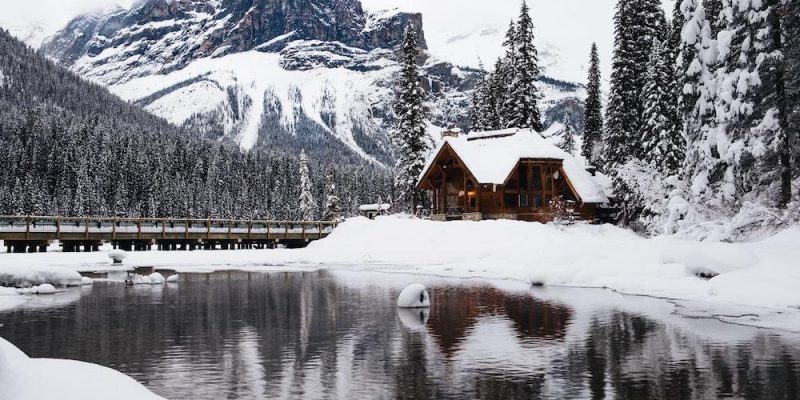Winter comes with frigid weather and wild storms, making staying in your home a big challenge.
The good news is that early preparations can help weatherproof your home and keep the air inside warm, thus helping you save on utility bills. Additionally, weatherproofing your home before winter can be an excellent way to protect your HVAC from overworking, ultimately improving its lifespan.
If you are looking to weatherproof your home, here are six valuable tools you need to get the job done.
1. Rubber Weatherstripping
Stopping cold air from seeping into gaps around the doors and windows is essential for keeping the warmth inside your home. One way to seal these gaps is by using rubber weatherstripping, an adhesive strip that you put between a window and the trim around its edge.
According to Energy Star, rubber weatherstripping can save you up to 10 percent on your heating bill. The best bit is that anyone can install it with simple tools such as a utility knife, a pair of scissors, and a tape measure.
2. Door Sweeps
Cold air might find its way under your door if it’s loose or not properly sealed at the bottom. To prevent this, you need to install door sweeps.
Door sweeps are rigid pieces of material placed at the bottom of a door to keep it firmly closed, blocking any cold air from entering your home. Often, door sweeps come in various materials like rubber, vinyl, and aluminum and are available at an affordable cost.
When buying a door sweep, ensure it is long enough to cover the gap between the door and the floor. More importantly, make sure the length of the door sweep matches the door’s width.
3. Sealants
Ducts that aren’t appropriately sealed during winter can allow the warm air from the heating system to escape into the attic instead of circulating around the house. This may result in wasted energy and high utility bills. Fortunately, you can prevent the warm air from being lost by using sealants to seal the ducts.
When buying sealants, ensure you go for those specially designed for HVAC systems. If you don’t find a sealant, you can use mastic tape to fill any duct gaps.
It will also help if you seal the vents in your bathrooms and other areas to avoid cold air from entering your home while the heat is still trapped.
4. Back-Up Generator
A lot could go wrong if you lose power during winter. You may have to deal with frozen pipes, moldy food in your refrigerator, and even damage to your electronics and appliances.
To prepare for winter power outages, you must invest in a backup generator. A backup generator automatically kicks in if the power goes out, providing the electricity you need to heat your home and keep other essentials running.
5. Window Insulation Kits
Energy inefficient windows can be responsible for a large percentage of heat loss in a home during winter. If your home has energy inefficiencies, consider installing a window insulation kit to reduce heat loss before winter hits.
Window insulation kits often use weatherstripping to create an airtight seal around your windows, reducing the amount of cold air entering your home.
6. Insulated Drapes
If you have standard curtains in your home, it will help if you replace them with insulated curtains in preparation for winter. These drapes are designed to block heat from escaping through your doors and windows while preventing cold air from entering your home.
Many insulated drapes are also waterproof, so you don’t have to worry about water leaking inside your house if you keep the windows open.




















